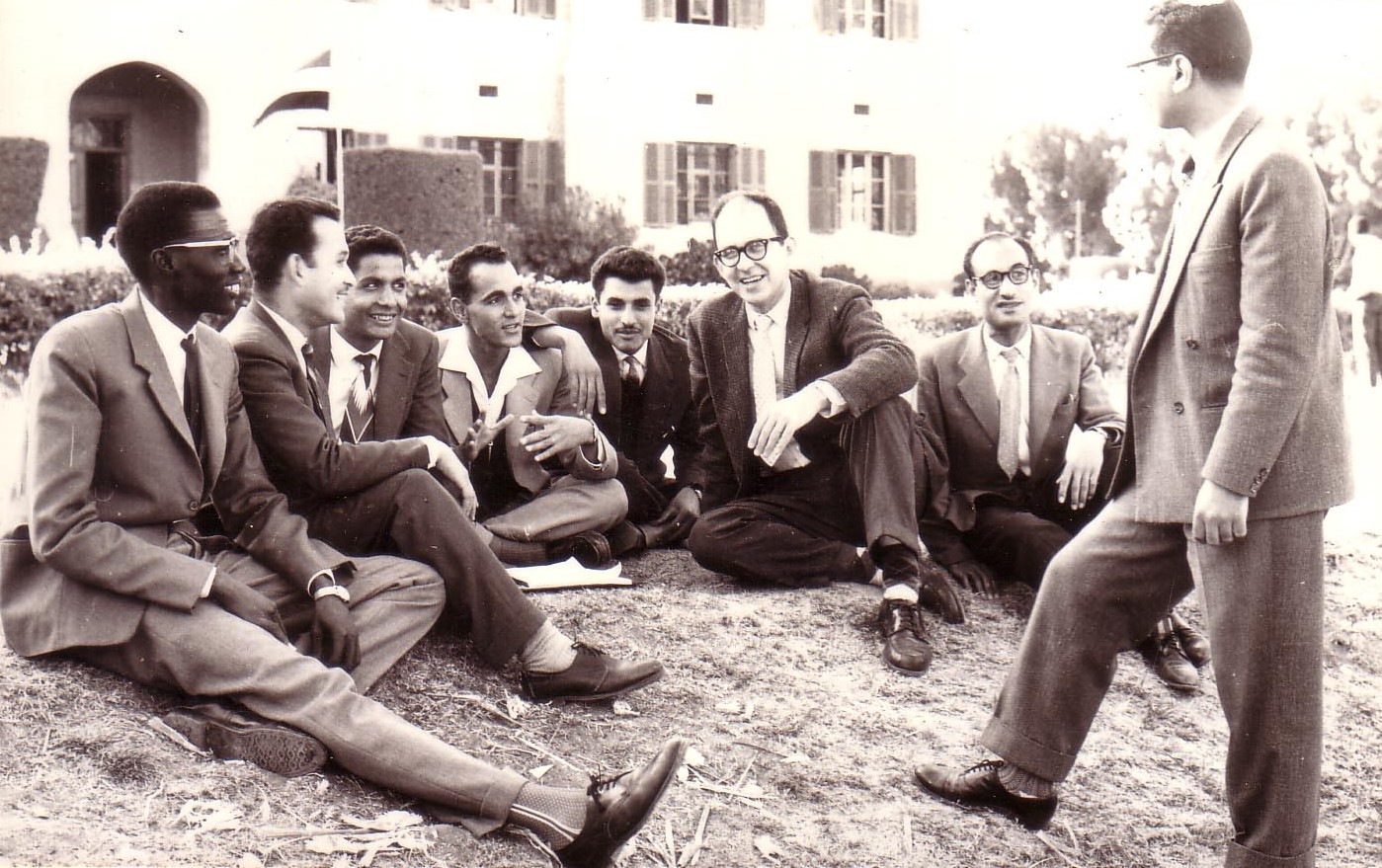Most academics aspire to make significant contributions to their respective fields and potentially revolutionize them with groundbreaking discoveries. Kenneth E. Bailey (1930-2016), although not widely recognized beyond ecclesiastical circles, achieved this ambition. He instructed pastors and scholars of the New Testament to analyze Jesus’ parables and actions through the cultural lens of traditional Middle Eastern villages, revealing the intricate poetic nature of Jesus’ parables rather than simple narratives. These concepts formed the core of Bailey’s teachings.
Bailey arrived at this realization during his tenure as a Presbyterian missionary in rural villages in Upper Egypt from 1955 to 1965. Following his studies at Pittsburgh-Xenia Theological Seminary (now Pittsburgh Theological Seminary), Bailey and his wife, Ethel Jean “Mickey,” embarked on a missionary journey to Alexandria, Egypt. Unlike contemporary practices, missionaries at that time committed their entire lives to service. Inspired by his missionary parents, Bailey immersed himself in Arabic studies for two years before engaging in educational and organizational efforts in literacy programs within villages near Minya and Assiut, located several hours south of Cairo along the Nile.
Life in these villages presented numerous challenges, including the absence of modern amenities like electricity and running water, prevalent insect infestations, reliance on donkeys for transportation, extreme desert temperatures, and the sometimes chaotic nature of village life. Despite these hardships, the Baileys persevered. It was during a sermon delivered by a local pastor in colloquial Arabic to a small congregation in the village of Deir Abu Hinnis that Bailey had a pivotal revelation.
The sermon, focusing on the narrative of the woman at the well from John 4, highlighted the cultural perceptions and judgments of the village women. Bailey was struck by the insights of these women, recognizing a depth of understanding rooted in traditional Middle Eastern village life. This experience led Bailey to conclude that these villages had preserved ancient customs, prompting him to dedicate his life to interpreting the Gospels within the context of these enduring cultural traditions.
Over the subsequent decades (1955-1995), the Baileys delved deeper into Middle Eastern culture, navigating through periods of conflict in countries such as Egypt, Lebanon, Israel-Palestine, and Cyprus. Amidst wars and regional turmoil, Bailey continued his scholarly pursuits, studying village culture firsthand and collaborating with individuals who shared similar village experiences to explore interpretations of the parables. Additionally, he meticulously examined ancient church manuscripts found in monasteries to glean insights into the cultural context surrounding biblical interpretations. Bailey further solidified his academic credentials by obtaining a Ph.D. in New Testament from Concordia Seminary in 1972.
Bailey’s literary contributions, though not extensive, left a lasting impact. His seminal work, The Cross and the Prodigal (1973), offered a fresh perspective on the prodigal son parable, drawing from his experiences in Egyptian village culture. Among his notable publications are Jesus Through Middle Eastern Eyes (2008) and Paul Through Mediterranean Eyes (2011), which provided cultural analyses of biblical narratives, particularly in the Gospels and the book of Corinthians.
In addition to his cultural interpretations, Bailey posited that Jesus, akin to a skilled poet, adeptly employed traditional Hebrew poetic forms, particularly utilizing chiasmic structures in crafting his parables. Bailey contended that Jesus’ use of these forms differed significantly from Western literary conventions, as parables in the Middle Eastern context served as persuasive arguments rather than mere illustrations.
Bailey’s observations underscored Jesus’ role not just as a storyteller but as a profound theologian communicating profound truths through vivid imagery. He emphasized Jesus’ rhetorical prowess, labeling him a “metaphorical theologian” who conveyed complex theological concepts in a style that resonated with the audience on multiple levels. Bailey challenged the prevailing notion that the apostle Paul overshadowed Jesus in theological significance, asserting that Jesus’ teachings explicitly revealed his identity and purpose to those willing to comprehend.
For a comprehensive exploration of Bailey’s life and his portrayal of Christ as a nuanced theologian and masterful literary figure, refer to Parker’s biography of this remarkable scholar and missionary.
